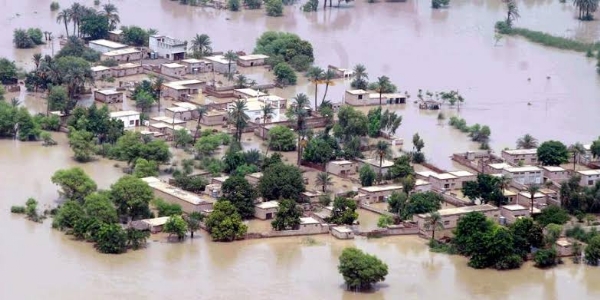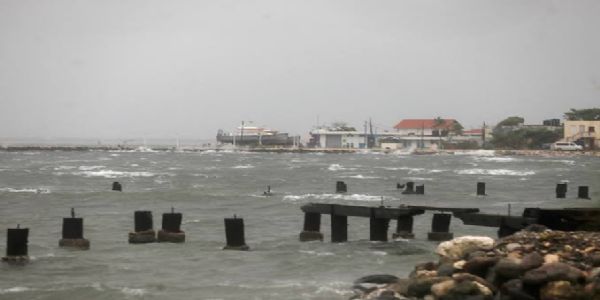
ISLAMABAD, Pakistan, 2 November (H.S.): The annual monsoon season in Pakistan, which began in late June 2025, has once again brought widespread devastation, killing over 1,000 people and affecting at least 6.9 million . A recent report highlights how climate change is intensifying these yearly floods, with the country's most vulnerable populations bearing the heaviest burden.
Despite contributing less than 1% of global greenhouse gas emissions, Pakistan is one of the nations most susceptible to the effects of climate change. The impacts vary across its diverse geography:Northern Regions: In Gilgit-Baltistan, rising temperatures are causing more than 7,000 glaciers to melt at an accelerated rate. This leads to catastrophic glacial lake outbursts, where meltwater lakes suddenly burst, sending flash floods into thousands of villages.
Khyber Pakhtunkhwa: In the northwestern province, sudden and intense cloudbursts have triggered flash floods and landslides. In one village, Gadoon, locals were seen digging through rubble with their bare hands after homes were washed away, as rescue machinery was blocked by flooded roads.
Punjab Province: Known as Pakistan's breadbasket, the province saw three major rivers flood simultaneously for the first time in decades. The floods submerged 4,500 villages, displaced over 2.7 million people, and damaged more than one million hectares of farmland.
In the capital, Lahore, the disparity was stark: while wealthier residents of gated communities anticipated swift clean-ups, those in poorer neighborhoods were left stranded in tents, facing dire health and living conditions.
Experts point to a combination of climate change and poor governance as root causes of the escalating crisis. Climate scientist Fahad Saeed blames local corruption and the failure to enforce laws that prohibit building on floodplains.
Millions have settled in these high-risk areas, often due to economic necessity, and illegal construction continues unchecked.In response, some are seeking innovative solutions. Architect Yasmeen Lari is designing climate-resilient houses made from natural materials like bamboo and lime, which can be rebuilt quickly by villagers after a flood. She emphasizes that the focus must shift from saving buildings to saving lives.
However, the outlook remains grim. Officials warn that monsoons will likely become more aggressive each year, bringing new and unpredictable challenges. For the millions displaced who repeatedly return to their flood-prone homes, the sentiment is one of resignation and despair: I have nowhere else to go.
---------------
Hindusthan Samachar / Jun Sarkar








